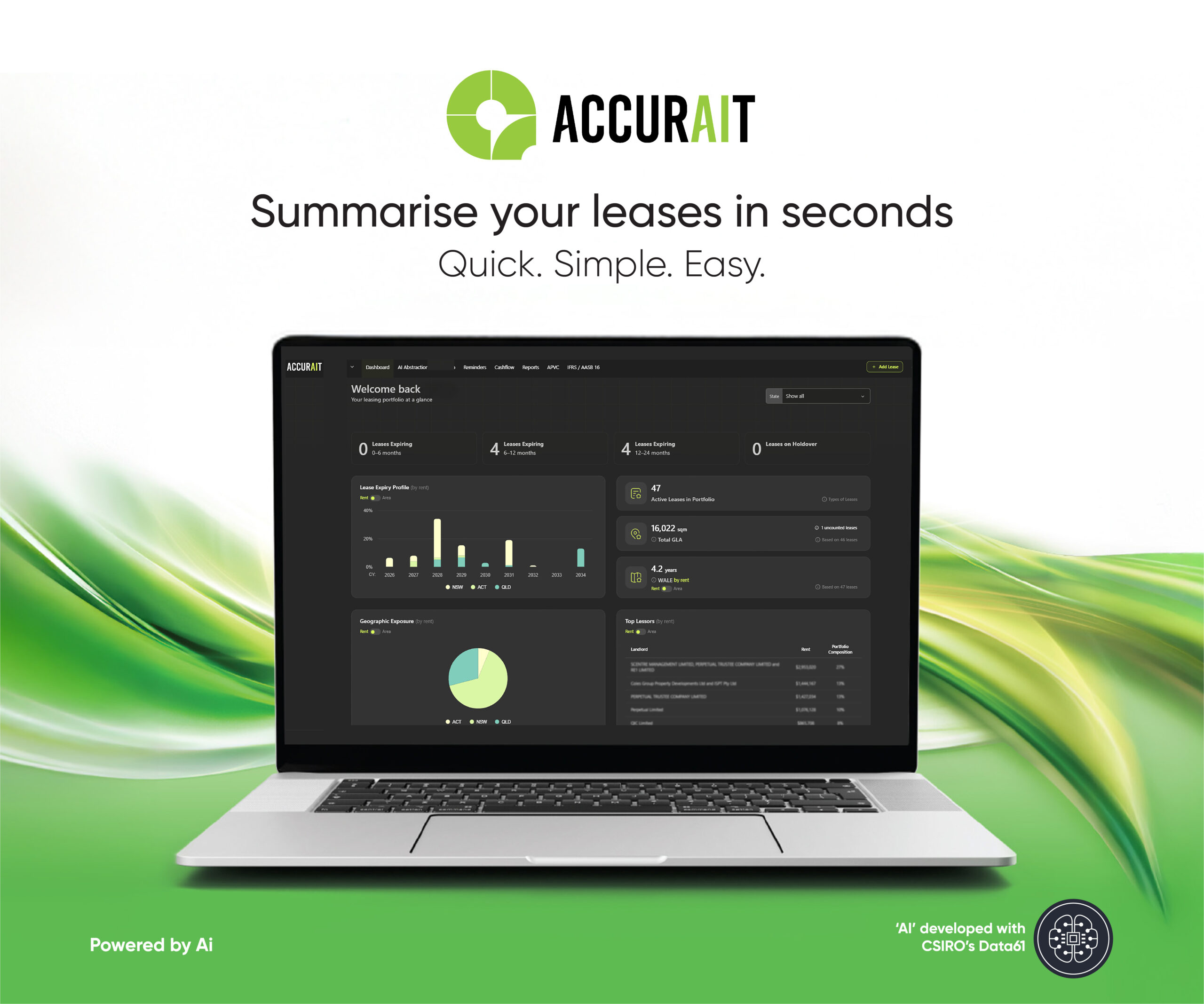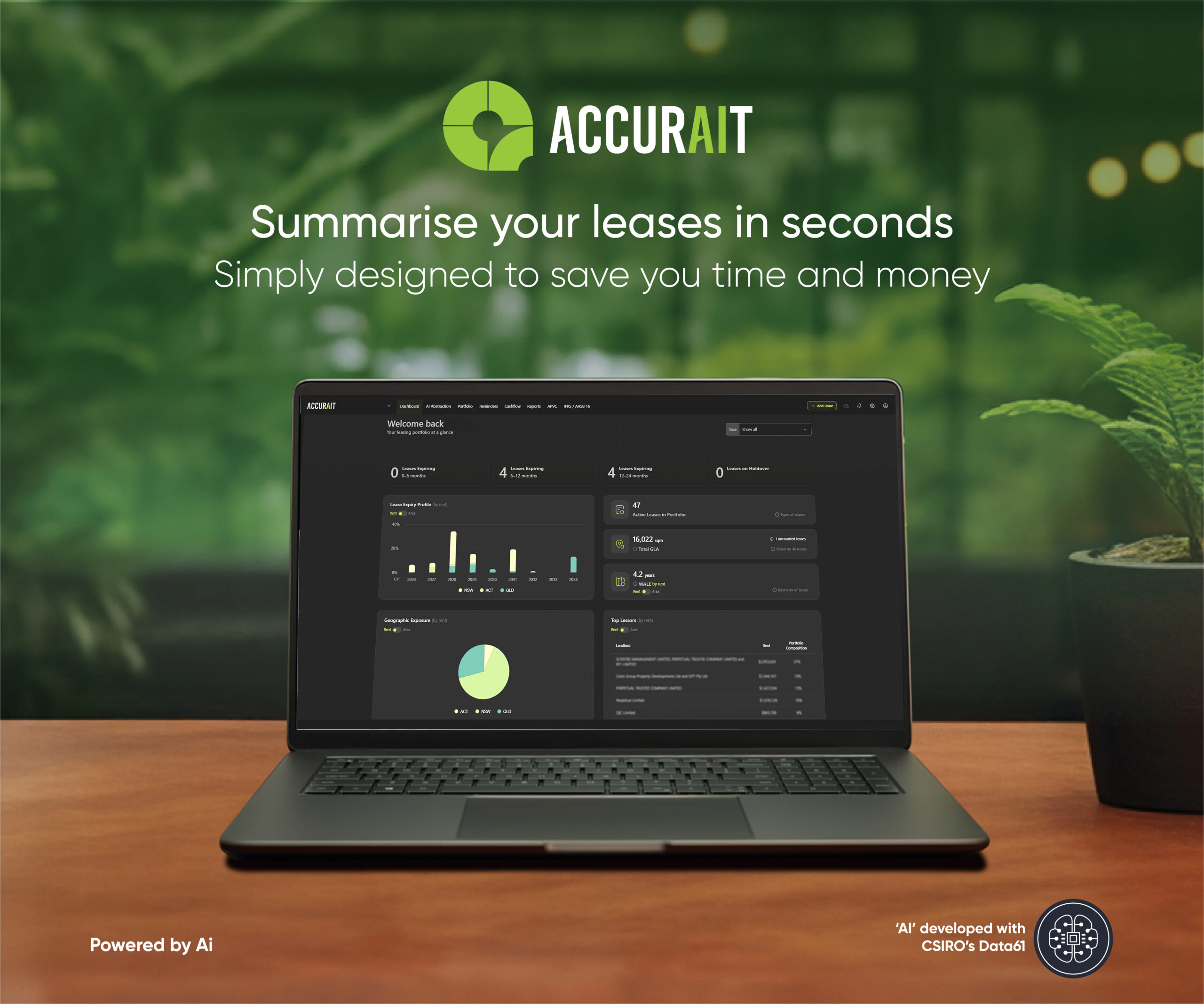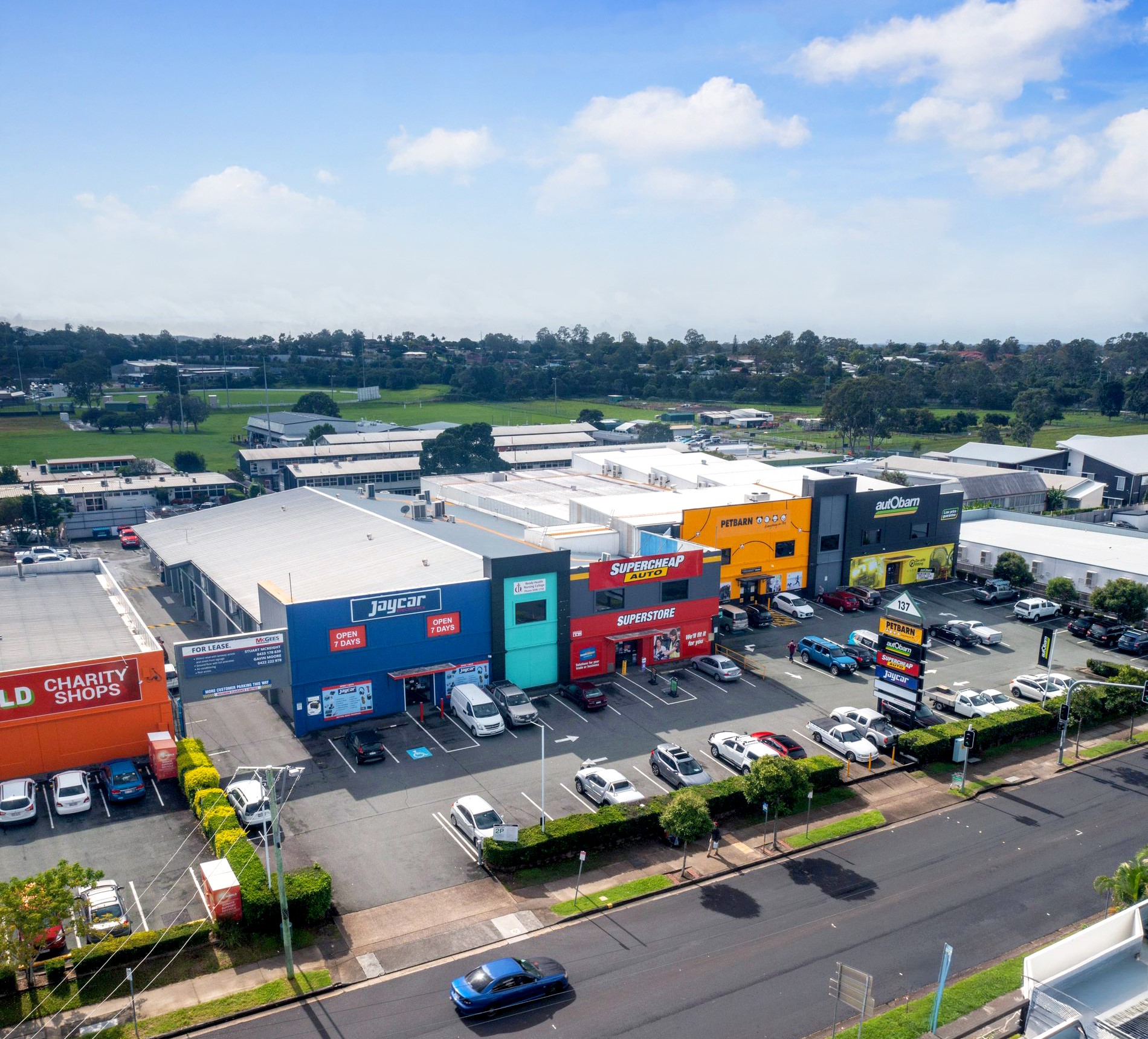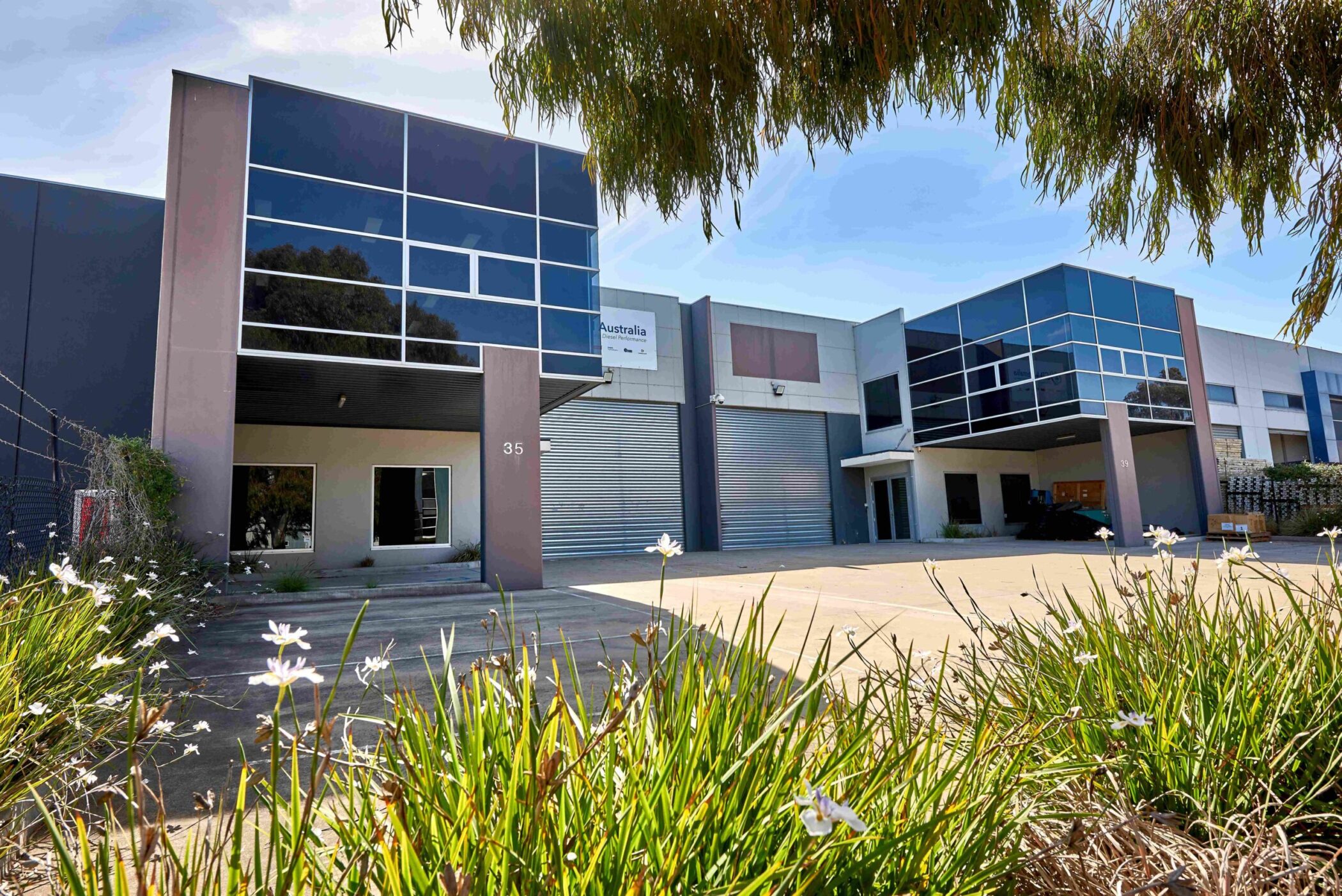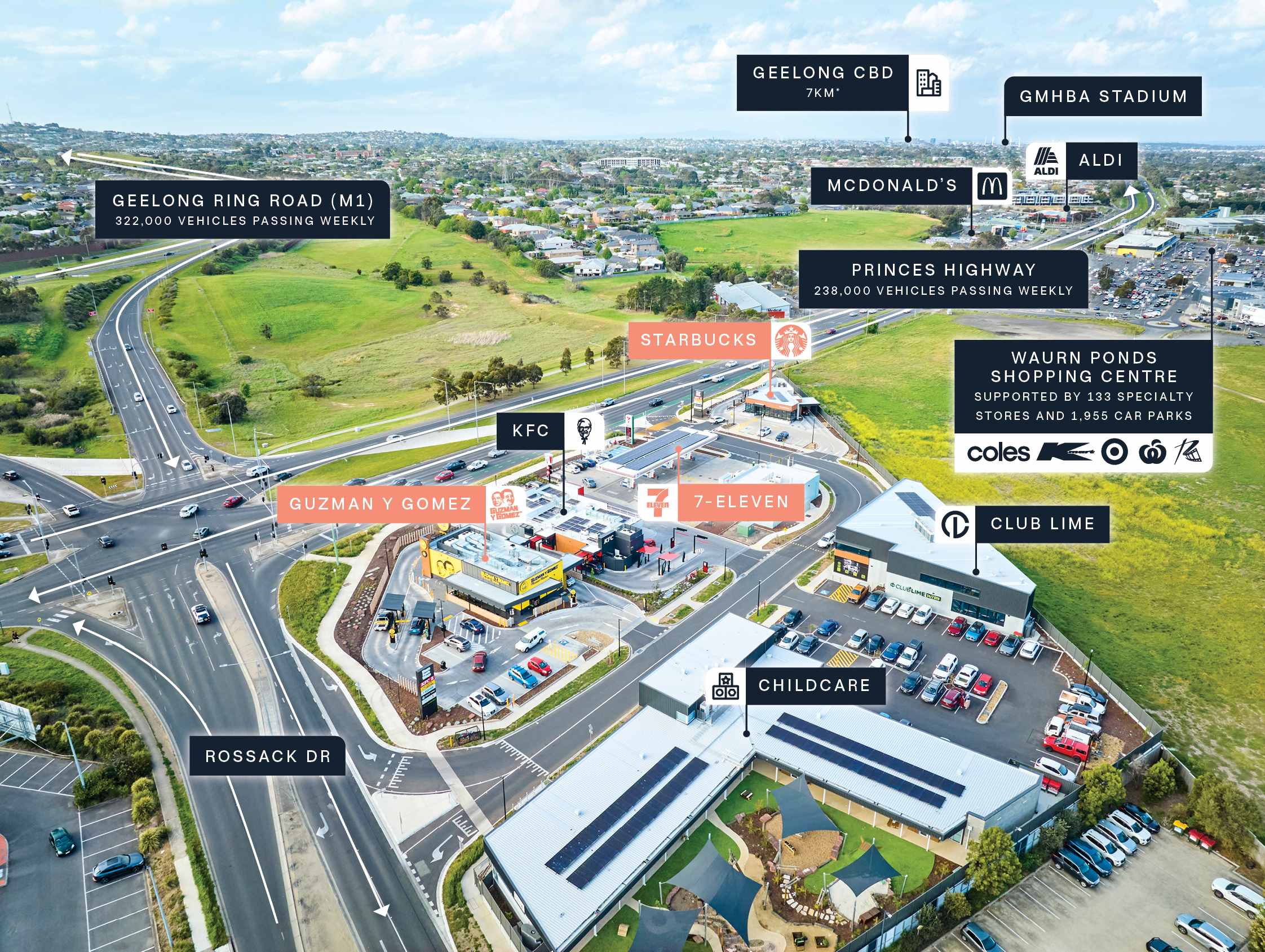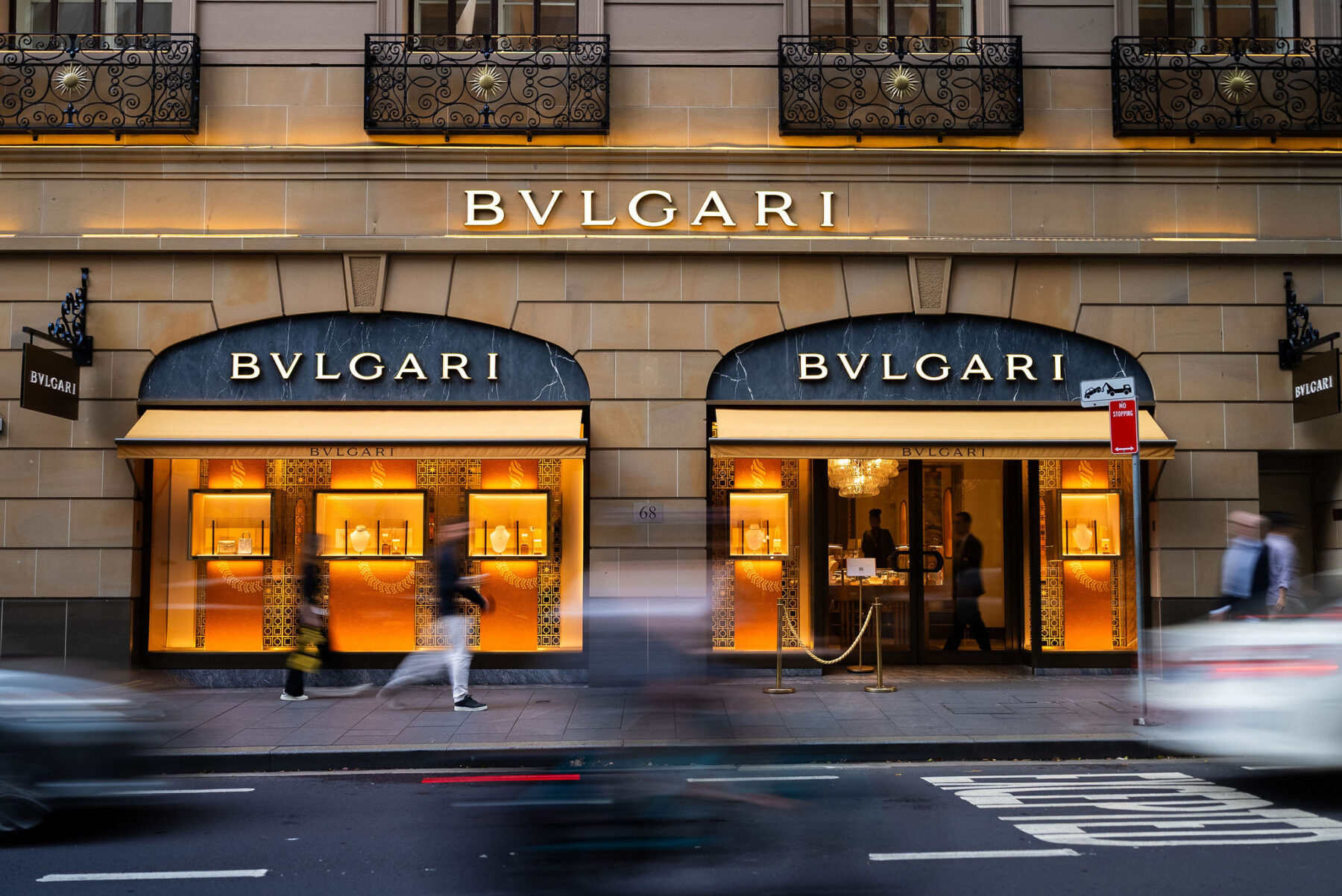
The global luxury retail market, valued at approximately USD 386 billion in 2024 (Bain & Company), has demonstrated significant strength and substantial growth over recent years. A dynamic evolution marks this growth in response to shifting consumer preferences and global economic factors, with projections indicating a compound annual growth rate (CAGR) of some 6.8% from 2024 to 2030.
While the core tenets of luxury, such as craftsmanship and exclusivity, remain vital, the market has expanded to encompass experiential offerings and a heightened focus on customer engagement such as the introduction and opening of Alaia’s bookstore and café above their flagship London store, Louis Vuitton’s “LV Dream” exhibition and Dior’s “Dior Addict” beauty boutiques. This adaptation has fuelled considerable growth, with the sector’s resilience evident in its recovery and significant expansion of over 9% per annum since 2020.
Despite facing challenges like economic uncertainties and fluctuating consumer behaviour, the luxury sector has shown remarkable resilience. Key drivers of this resilience include the increasing affluence in emerging markets, particularly in the Asia Pacific region, which accounted for nearly 40% of global luxury goods revenue in 2024, and the strategic investments of major luxury conglomerates.
The global luxury retail landscape is highly competitive, with both tenants and landlords navigating a market where prime retail locations are increasingly scarce. The limited availability of high-profile locations in these tight core markets is driving strong rental growth. This scarcity intensifies competition among luxury brands vying for flagship stores in these prestigious districts, where visibility and brand prestige are paramount, almost another form of marketing.
In response, a significant trend has emerged: luxury brands are increasingly purchasing their own or their competitors’ retail stores outright, bypassing rising rents and securing long-term control over strategic locations. This is evidenced by multiple acquisitions by luxury heavyweights. Prada, Kering, LVMH, Richemont and Hermes, to name a few, are estimated to have spent over 13 billion USD on real estate acquisitions over the last 24 months.
Sydney’s luxury retail market, while benefiting from the overall positive sentiment in Australia, also exhibits unique strengths in its core fundamentals. JLL Research highlights the extremely low vacancy in prime Sydney CBD luxury retail precincts, with zero vacancies recorded as of June 2025. This is further highlighted by the ownership profile in this precinct, with brands such as Hermes, Chanel, Dior all owning their locations, and the remainder of the precincts being predominately controlled by intergenerational private owners.
The sectors strong performance and occupancy is supported by two key factors, robust foot traffic in the Sydney CBD, which experienced a 10% growth between 2023 and 2024, continuing a strong post-COVID recovery. Furthermore, JLL Research indicates a significant rebound in tourism to Australia, with national short-term visitor arrivals growing by 15% between 2023 and 2024. Chinese residents have been a prominent driver of this growth, with arrivals increasing by 66% in the same period. Notably, Chinese tourists represent the highest spending international visitors in Australia, accounting for 25% of the total international tourism spend in 2024 and demonstrating a significantly higher per-trip expenditure compared to other nationalities. This strong tourism sector, with Sydney experiencing a 13% growth in short-term visitor arrivals in 2024, provides a significant boost to the luxury retail market in Australia’s gateway city.
Global real estate investment manager Deka Immobilien has announced its intention to offer the prestigious Bvlgari flagship located at 64-68 Castlereagh Street, Sydney, for sale. This landmark property represents a rare opportunity to acquire a flagship asset within Sydney’s tightly held luxury retail precinct. Luxury flagships are rarely transacted in Sydney, with only 7 assets sold in the last 10 years, highlighting the extremely high barriers to entry in this sought-after asset class and coveted location.
Deka Immobilien has appointed JLL’s Nick Willis and Sam Hatcher, alongside Cushman & Wakefield’s Mark Hansen, Bridhe Woods, to manage the international expressions of interest campaign.
“The opportunity to acquire in this precinct is rare. Most of these assets are either held intergenerationally by families, or, owner-occupied, as we saw with Hermes acquiring their flagship on Castlereagh Street. Globally this trend is consistent, with Ralph Lauren recently announcing their $132 million acquisition of their store in SoHo, Manhattan, and Kering’s $963 million acquisition in NY City on Fifth avenue.
The Sydney King Street Luxury precinct is ground zero for luxury retail in Australia. This has been further strengthened with the opening of the 25 Martin Place retail precinct including new flagship retailers Valentino, Missoni and Brunello Cucinelli, integrated with the new metro station that has drastically increased foot traffic in the location. The Bvlgari flagship is a unique proposition for investors and owner occupiers with a flexible lease tail expiring in 2028 and the ability for a market review.” stated Nick Willis, Senior Director, Retail Investments – ANZ, JLL
Sam Hatcher, Head of Retail Investments – JLL, commented “The sector globally is underpinned by a robust income growth story as the rents have continued to escalate, correlating with the tightly held nature of these locations. In Sydney, we have seen examples of luxury rents growing by 40% over the prior 5 years. The key is to acquire assets that provide significant mark-to-market rental reversion opportunities. Unique to this asset class is the sheer productivity of these stores, in some instances sales per retailer are well in excess of $100 million in Moving Annual Turnover, coupled with ultra-low gross occupancy costs ratios below 10% supporting unparalleled prospects for rental reversion potential.”
Rental rates for new deals in this precinct have been rumoured to be from $8,000/sqm and up to $15,000/sqm – this range varies based on tenant size and performance. A recent Cushman & Wakefield report has suggested Sydney’s Pitt Street Mall ranked 8th for the World’s most expensive retail destinations.
International Director, Mark Hansen of Cushman & Wakefield said “The strength of the Bvlgari covenant, a subsidiary of global powerhouse LVMH, combined with the lease structure and fixed annual rent increases, provides unparalleled income security and growth. Globally capital continues to look to reweight towards this sector in the region however with a dearth of opportunities in core global markets like Sydney they rarely get the opportunity to deploy. We are expecting to generate significant interest from both domestic and international investors seeking a trophy asset with strong growth potential in a resilient market.”
International Expressions of Interest for Bvlgari Sydney will commence in June 2025.







